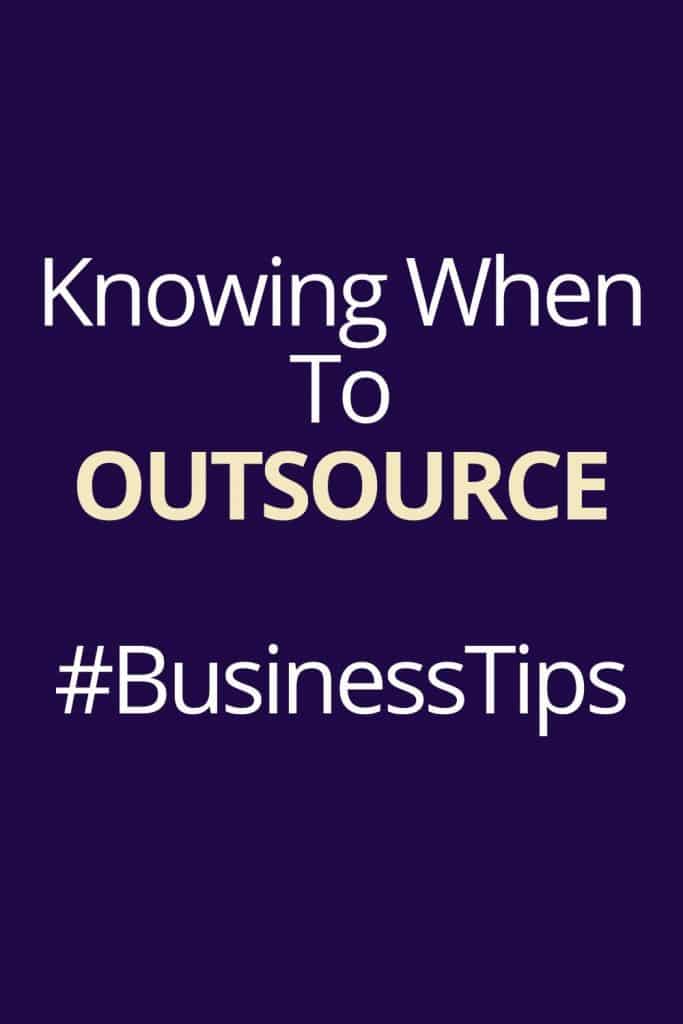Running a small business comes hand in hand with many “this or that” decisions. Generally speaking, you’ll always have multiple options at hand in regards to any aspect of your business and its workings, but you’ll have to whittle your options down and settle on the one that’s most beneficial for your business and brand. For now, let’s focus on staffing options. When it comes down to it, every business owner will have multiple staffing options to choose from with every project they need completed. The most common options are outsourcing to a freelancer or agency, taking on permanent employees, or bringing in a contractor. Each option comes with its own perks, as well as its own drawbacks – and no one option is the “right” or best option every time. But for now, let’s focus on outsourcing, how it can benefit you and when you should engage with it!

What Is Outsourcing?
Put simply, outsourcing is the process of passing work that your company needs completed out to a third party who will complete it on your behalf. Generally speaking, you will outsource work to a freelancer (an individual who is their own boss) or an agency (a company that has plenty of freelancers on its books and will distribute the work to the best suited match).
Why Do Businesses Outsource Work?
Plenty of work is regularly outsourced, but some jobs tend to be more regularly outsourced than others. This is because they tend to be one off projects that require a specialist to complete, but the company doesn’t require the work regularly enough for them to justify hiring a full time individual specialising with that kind of work. Another reason that many businesses will outsource is to avoid having to invest in expensive pieces of equipment required to do a job themselves. Sure, if you use things like printing presses or vacuum excavators regularly, it’s worth investing in them. But if you’re only going to use them once, it’s much cheaper to outsource the work to someone who already has that equipment ready to go.
Common Examples of Outsourcing
Commonly outsourced tasks include:
- Graphic design projects (for example, logos)
- Copywriting projects (for example, product descriptions or blog posts)
- Product photography
- Accounting
- IT Support
- Manufacturing
Is Outsourcing Right for Your Business?
When it comes down to it, only you will know which tasks your business will benefit from outsourcing. Remember, you don’t have to make one decision and then stick with it forever. You can outsource at first and then as your business grows and expands (and your products have more demand, there’s more work available and you’re making more money that you can invest into your company), you may want to stop outsourcing certain areas and bringing in permanent, contracted staff instead. There’s always the opportunity to change down the line as your business’ needs and requirements change.
Hopefully, some of the information above will have helped you to get to grips with the basics of outsourcing and has set the ball rolling in regards to how the process could benefit you and your business!
- DISCLOSURE – This post has been written by an outside source.



